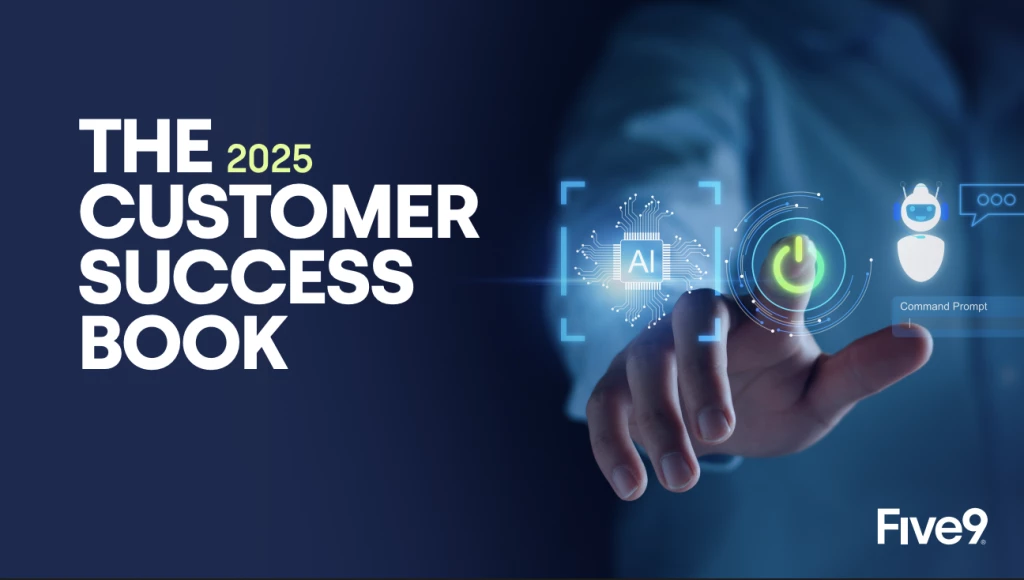3 Ways to Establish Value in Your Self Service Tools
Add bookmark
As customers become ever-reliant on the Internet, it now acts as the first step in learning basically anything. From exploring a new recipe to finding out how to fix an annoying glitch on your phone, most people start with a quick search online. We no longer need to call our mom to ask about basic life skills; we can now find any information in an instant, saving us a good hour of conversation.
This habit has established a fairly resourceful demographic; instead of directly reaching out to a customer service representative, many customers will now attempt to fix their issues themselves. This is incredibly helpful at times, it frees up agents to handle complex inquiries and allows customers to solve problems in their preferred way, on their own timeline. But it also puts some pressure on the efficiency of self-service measures and requires the comprehensive ability to solve complex sets of problems, with little to no human intervention -- which is no easy task.
This is even more difficult when considering rising customer expectations that demand simplicity and convenience. So how can you provide self-service that is both streamlined and comprehensive? While it may be hard to simultaneously do both, here are a few ways to improve self-service offerings:
Self Service as a Community
Self-service offerings don’t always have to be thought of as chatbots or knowledge bases, there are ways to leverage customers’ own product knowledge as a valuable source of solution. Additionally, these active and informed customers can offer a level of authenticity that even an agent may not be able to replicate.
In the digital era, customer reviews are essential; they provide an unfiltered, unbiased look at a product or service that can at times even feel like a tip from a close friend. Therefore, this kind of voice can be incredibly helpful as a self-service method. There is still a large group of individuals that are seeking some kind of interaction, that may not want to utilize a chatbot or physically call in, leading them to scour for answers themselves. Including this kind of peer connection works to foster a level of genuine interaction without an agent at all.
Google has successfully established this with its Support Communities, where it allows credible ‘product experts’ with varying levels of expertise to support user questions and provide valuable feedback. Although Google maintains thousands of products, this kind of community can be helpful on any scale. It gives customers the opportunity to interact with individuals who may be experiencing the same issue to troubleshoot and find a solution together. It’s also helpful in the visibility it offers companies, by giving customers the opportunity to share struggles, they can actively form solutions or improve other self-service areas to include these critical topics. Additionally, it gives brands a greater level of control over the narrative, when customers express these issues in other communities like Reddit, they lose access to this valuable group knowledge.
Educate with Informative Content
Like we previously mentioned, customers are getting creative when troubleshooting and are not always looking for a straightforward answer to their problems. They look to platforms like YouTube to actually watch something be fixed or hear a topic explained. Just as some customers may call an agent to walk through an issue, others may want to visually see the context behind a solution.
With this, it makes sense for brands to offer informational videos or product training for customers to engage with. This method of self-service offers both a current solution and a more fundamental understanding of a product or service which may allow customers to self-correct in the future. Additionally, depending on the content, it can be a fun and thoughtful way to virtually interact with customers.
This kind of self-service measure is effective with more complicated inquiries, it gives companies an outlet to devote more resources to educating their customers which will, in turn, improve future outcomes and reduce confusion.
Engage With Your Brand Voice
Although a customer may be utilizing self-service options to find a quick solution to their problem, they’re still seeking a pleasant experience. Self-service, although educational in nature, doesn’t have to be bland. In fact, a more engaging and inviting tone may actually allow customers to work through the information more efficiently.
There’s nothing worse than a huge block of dense and boring information; it’s difficult and tedious to find the point. Same with the style, if they are framed in a highly technical or formal way, it becomes difficult to understand what you’re actually meant to do. Therefore, self-service content should reflect your unique brand voice and offer customers insight into your emphasis on excellent customer experiences.
Supplying your customers with informative and engaging content will benefit them, in supporting ease of use, and your team, by freeing up agents to assist where and when they are actually needed.
It is important, however, to understand the difference between communicating in your brand’s voice and forcing conversation where it does not belong. A chatbot should never come across as a mere FAQ page and video content should never be a passionless re-enactment of a Wikipedia entry; modern self-service experiences should reflect humanity. No such platform, however, has to go overboard forcing jokes and banter on customers who, ultimately, are looking for solutions to their problems and answers to your questions. The goal is to enhance the engagement process, not stall it.
Photo by Andrea Piacquadio PEXELS




























